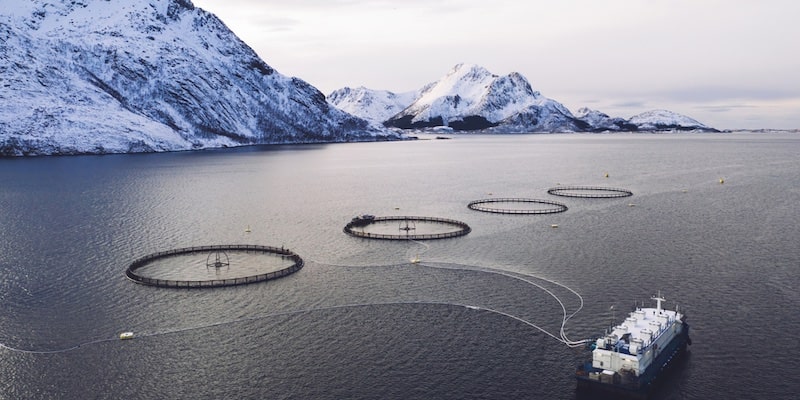We explain what agricultural and fishing technologies are, their functions, characteristics and examples of each one.

What are agricultural and fishing technologies?
Agricultural and fishing technologies are the set of techniques and applied knowledge that are used in the primary sector of the economy specifically in relation to agriculture, livestock and fishing. These three activities are known as the agricultural sector. (from Latin sour“crop field”; and pecus, “cattle”) and fishing (from Latin piscari“fishing”), and the forestry and fish farming sectors are often added to them.
The purpose of this type of technology is to improve agricultural and fishing production, that is, food and materials of plant and animal origin. In this sense, they may consist of the use of specialized tools, the introduction or development of new, more profitable species, or the design of new procedures to protect crops from pests, among other examples.
The invention of new and better agricultural and fishing techniques is not, in reality, a novelty. Since ancient times, human beings have tried to produce more and better food, through the invention of new fishing methods, the selective crossing of animals, the construction of mills and other methods that, however, do not compare with the change that introduced the arrival of industrial technologies into the sector. In fact, The mechanization of agriculture and fishing brought about a paradigm shift in food production making it much more efficient and massive than at any other time in history.
Characteristics of agricultural and fishing technologies
Broadly speaking, agricultural and fishing technologies are characterized by the following:
- incorporate specialized machinery to processes, allowing for greater speed and greater capacity in the production, collection and processing of food and raw materials.
- Reduce the need for labor and maximize agricultural profit margins.
- In many cases, allow the development of agricultural activity in regions with little natural resources for it.
- allow the emergence of new jobs in the sector, such as agricultural inspectors, agricultural machinery operators or agronomists.
- have a notable environmental impact: pollution, alteration of food chains, among other damages.
Examples of agricultural technologies

Some examples of technologies linked to the agricultural sector are:
- Automated machinery. These are models of tractors, harvesting machines or agricultural processors that do not require the driving of an operator, but can be controlled remotely through the appropriate software and devices.
- Agricultural drones. These are drones, that is, remotely controlled flying devices, capable of serving various uses, such as spreading insecticide, supervising crops or doing field research.
- New fertilizers and insecticides. These are new biochemical compounds developed in the laboratory, capable of supplying crops with the nutrients necessary to thrive, or preventing the reproduction of the pests that threaten them.
- genetic engineering. It involves the design in the laboratory of new seeds that are more resistant or capable of producing more fruits, or the selective crossing of different breeds of livestock in order to obtain greater production of milk or meat products.
- Antibiotics for veterinary use. It involves the development of medicines given to livestock to prevent the proliferation of diseases, especially in intensive livestock farming models where there is not much space for grazing.
Examples of fishing technologies
Some examples of technologies linked to the fishing sector are:
- Fishing predictive models. It involves the incorporation of satellite images and other similar measurements into a computer system that allows predicting the location of the schools and the best fishing places, in order to guide the extraction of animals and be more effective.
- SMART fishing models. These are fishing models that take advantage of new computer technologies, in order to reduce their environmental impact (as occurs with trawling) through the rapid identification of animals trapped in the net.
- Illegal fishing monitoring systems. These are monitoring and identification systems for fishing vessels that make it possible to distinguish legal from illegal fishing vessels, and thus combat overfishing and facilitate the management of fishing resources.
- New models of fishing traps. This is the study of the operation of fishing traps, through which numerous mollusks and marine arthropods (such as octopus or lobster) are captured, with a view to designing more effective traps with a lower margin of erroneous capture.
Continue with: Economic activities
References
- Calva, José Luis. (2007). Agricultural, forestry and fishing development. National Autonomous University of Mexico.
- Online Spanish Etymological Dictionary. (sf). “Radiation of the word agricultural” and “Radiation of the word fishing”. https://etimologias.dechile.net/
- Organization of American States. (1978). “4.3. “Productive sectors”. Integrated Development Project of the Eastern Region of Panama – Darién.

